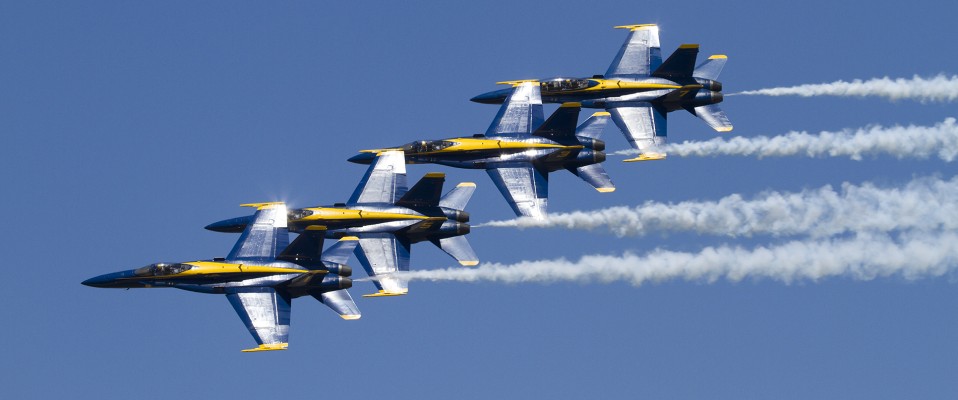2017 Duluth Airshow
The Blue Angels return to Minnesota
Report and photos by Jeremy D. Dando
July 8, 2017
Duluth Airshow 2017
The biennial Duluth Airshow promised something exciting for 2017. First off all it was held a year after the the 2016 airshow and second it would feature the Blue Angels! When the Blue Angels call and have an open weekend you answer. The organizers were able to make a few changes and “ladies and gentleman we have an airshow”.
I planned to make it a long weekend as I enjoy watching the arrivals and seeing the practice show so I was up north for a few days up on the “Norwegian Riviera”. The Duluth airshow has a photo friendly environment and I hoped to get some good light. The main commercial airport is on the east side, on the north side is the Air National Guard base (F-16 squadron 148) and to the west is the Cirrus Aircraft production facility. The flight line is along runway 9/27, with the crowds on the south side of runway 9/27. The demo teams and performers were parked at the “central” ramp so that became my base of operation for the weekend.
After meeting with airshow staff and getting all the credentialing done I got the lay of the land and reviewed the program. In addition to the Blues we had a pretty good Military presence; EA-18, F/A-18, C-130, a C-17, several F-16’s, Extra-300, T-33 and a UH-60, HH-65, CH-47 helicopters. There was something for everyone!
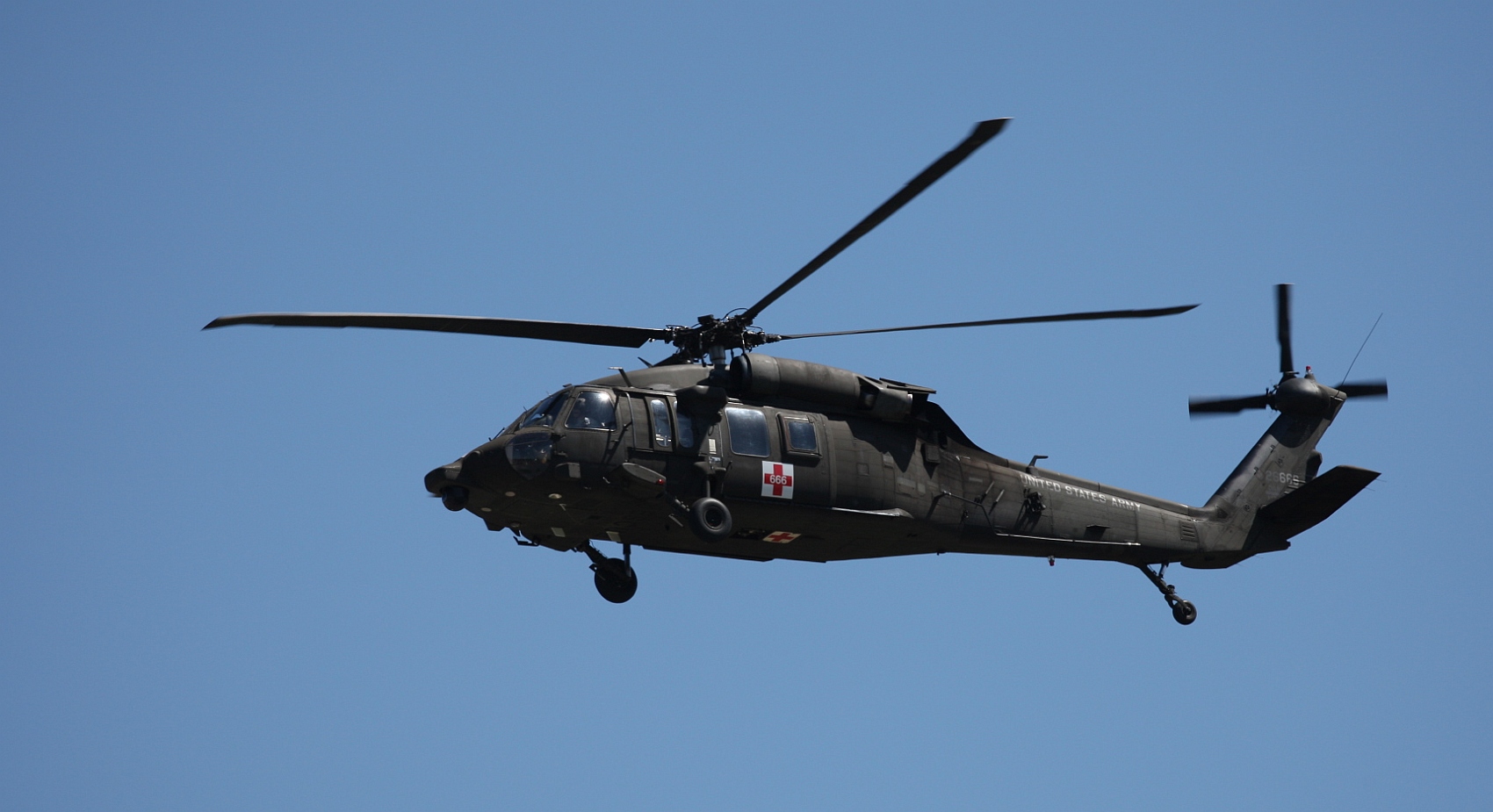
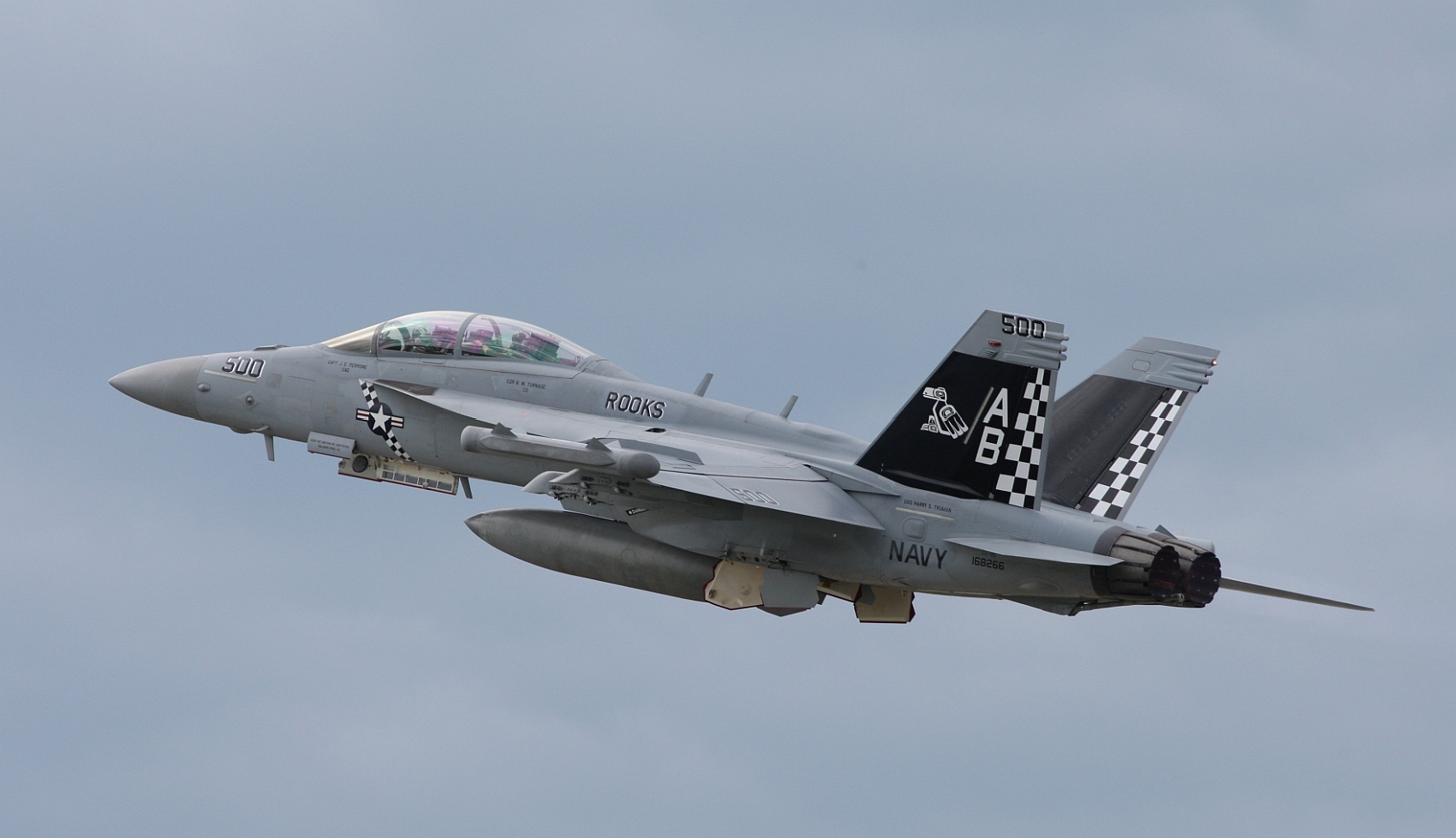
One of headline performers was the Air Force Heritage flight, this is where WW II/Korean War civilian owned aircraft fly with aircraft in the current Air Force inventory. For this weekend we had a F-35A and P-51D flight on the schedule. Around noon of arrivals day our airspace had a two F-35’s from LUKE AFB in Arizona in the pattern. We were treated to a couple of missed approaches and some judicial use of the Pratt & Whitney F135 43,000lbs of afterburner thrust. The sky was filled with the sound of freedom.
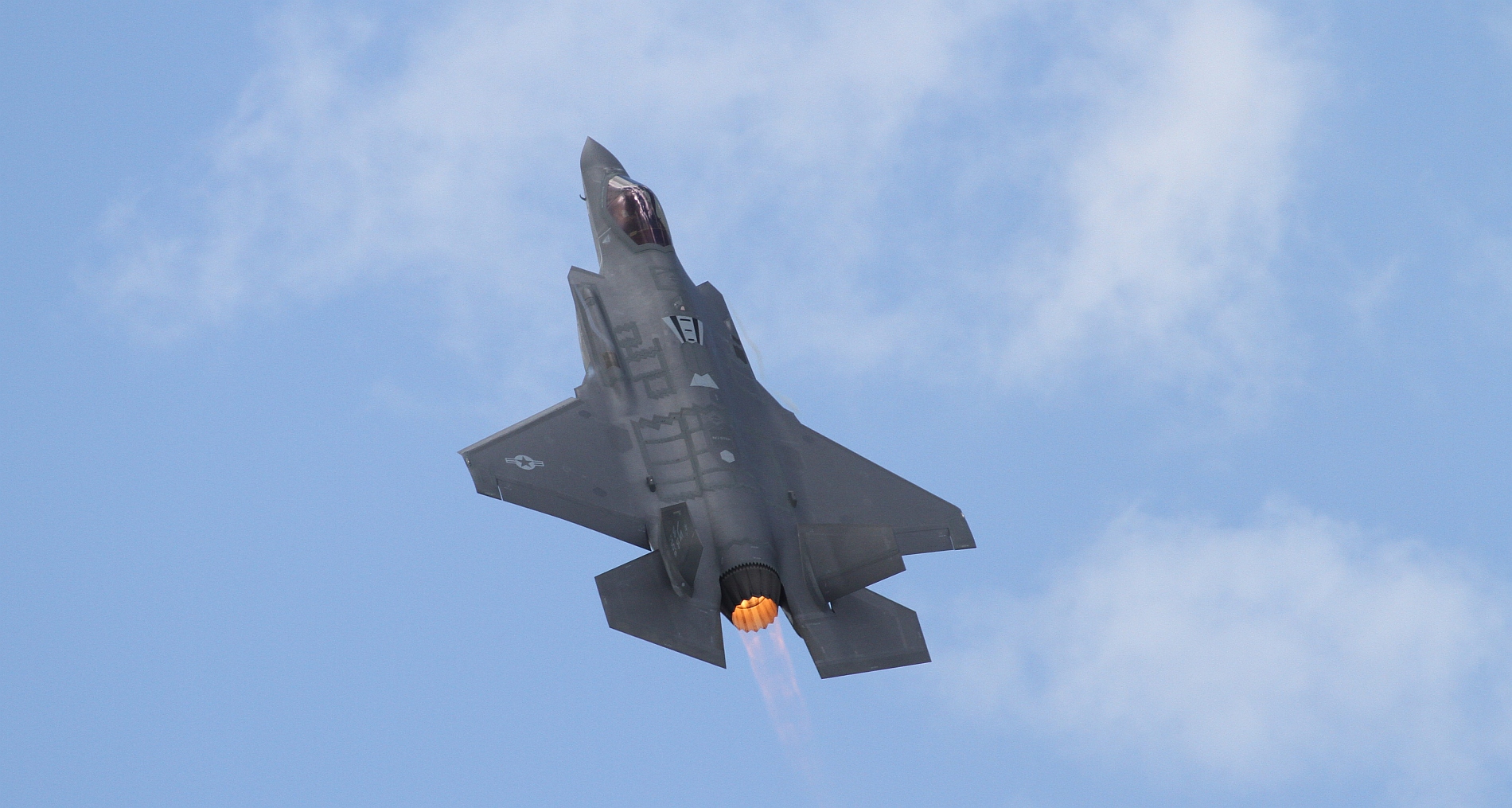
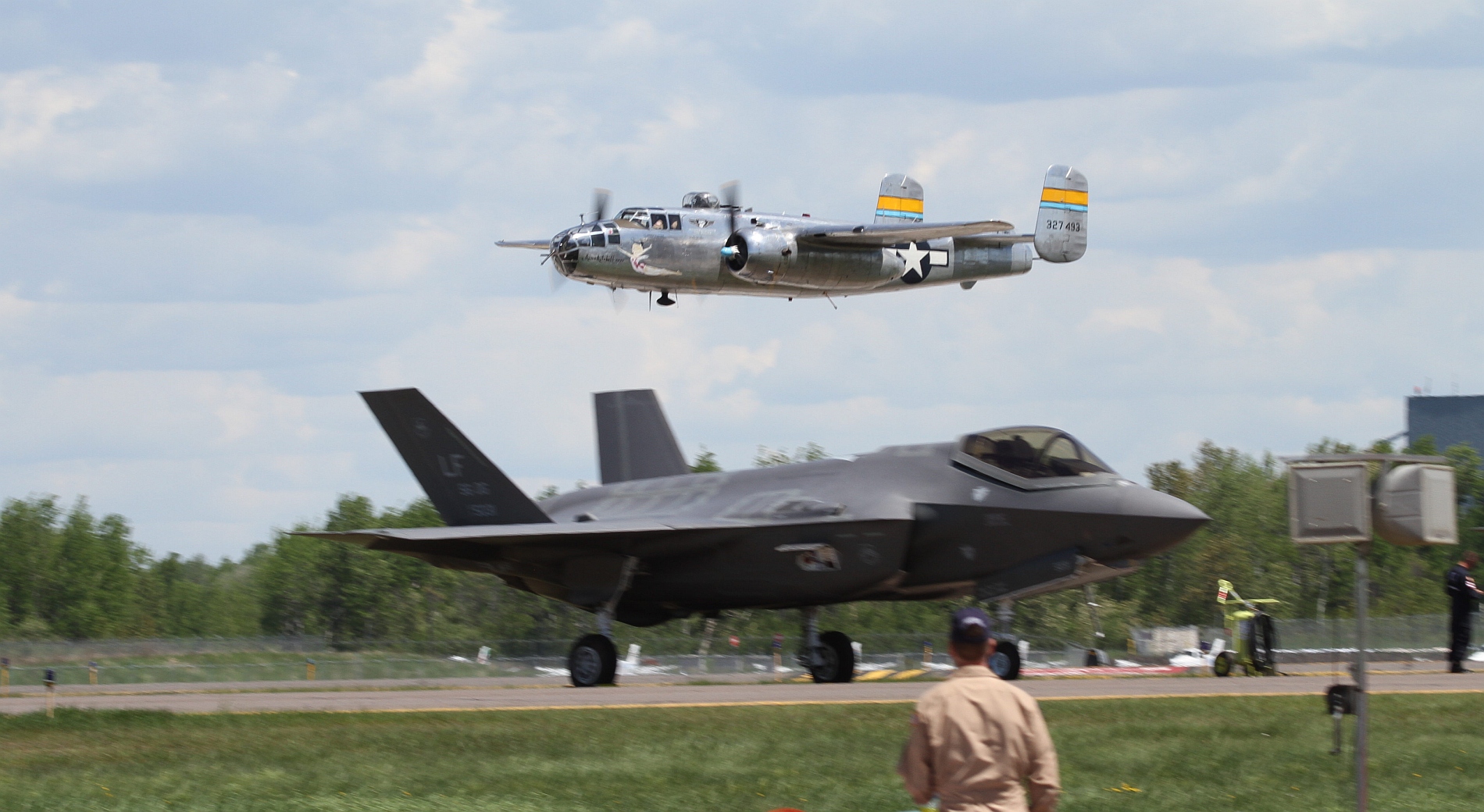
The good thing about an airshow at a joint commercial airport- Air National Guard base is that you never know who will show up. Here is one of the T-38 Talons of the 509th BW, which stopped by for a quick tech stop before returning back to Whiteman, AFB in Missouri.
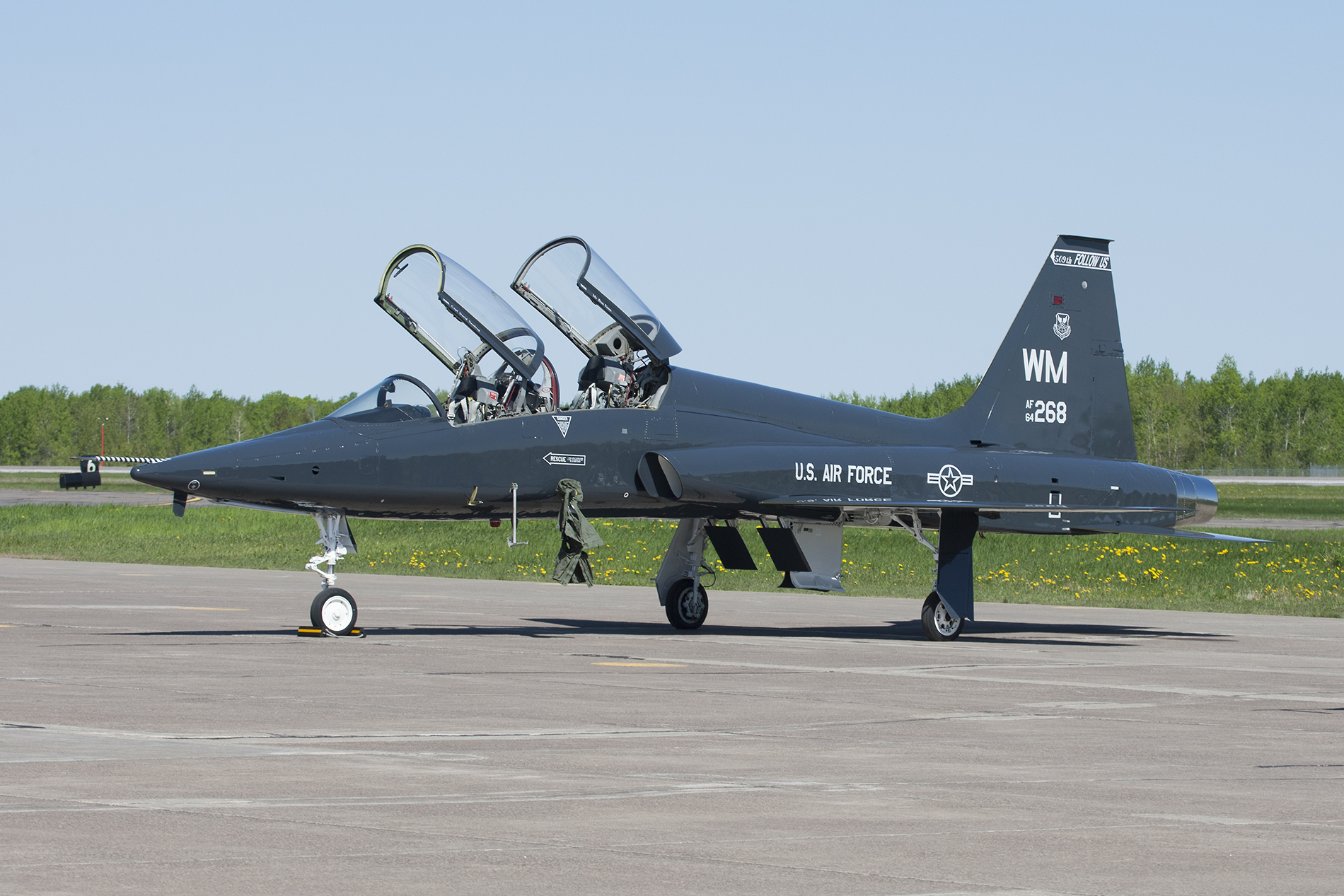
Friday
With air show arrivals, media flights and interviews it was going to be a busy action-packed day!
My day started with a visit with the Minnesota wing of the Commemorative Air Force’s Miss Mitchell B-25 bomber. This year is the 75th anniversary of the Doolittle Raiders. On 18 April 1942, some amazingly brave volunteers flew B-25’s of the the deck of the aircraft carrier USS Hornet. This event became one of the turning points in the war in the Pacific.
The CAF Minnesota Wing’s “Miss Mitchell” is one of the most accurately restored B-25s flying. Our flight today would be an easy jaunt over to the Duluth harbor, with it’s famous lift bridge, and then up the shore towards the town of Two Harbors. With calm winds and blue skies we were ready for a great flight. The B-25 is a great warbird to fly, it is big enough to have 6 or 7 “passengers” along with three crew members and each “passenger” seat has a plug in for a headset. We would have three “passengers” in the front compartment with the pilot and co-pilot and there were three of us in the rear compartment. The rear section is a prime photographic position with the waist positions, tail window and this aircraft had a removeable escape hatch so no plexiglass window to shoot through. After getting strapped in, a powerful take-off that had me sliding in my seat as the two Wright R-2600 “Twin Cyclone” radial engines provided more than enough thrust to get as airborne in a hurry. As soon as we were clear of the airport, I took off my headset to get the full sensory experience. It is hard to describe what 3400 horsepower coming out of an open exhausts, 12 feet away sounds like. The best analogy I can come up with is putting your head in a metal garbage can and having your best friend use a rivet gun to hammer rivets into the garbage can at 120psi! If I screamed at my seatmate he could hear me, but anyone more than two feet away would give me a quizzical look as to what I was saying. We did a quick tour around the Duluth harbor with it’s iconic lift bridge and then up the shore of Lake Superior. As I clamored back to tail gunner’s position I could only image what the young men of 75 years ago must have felt flying into harm’s way to preserve our freedoms and way of life.
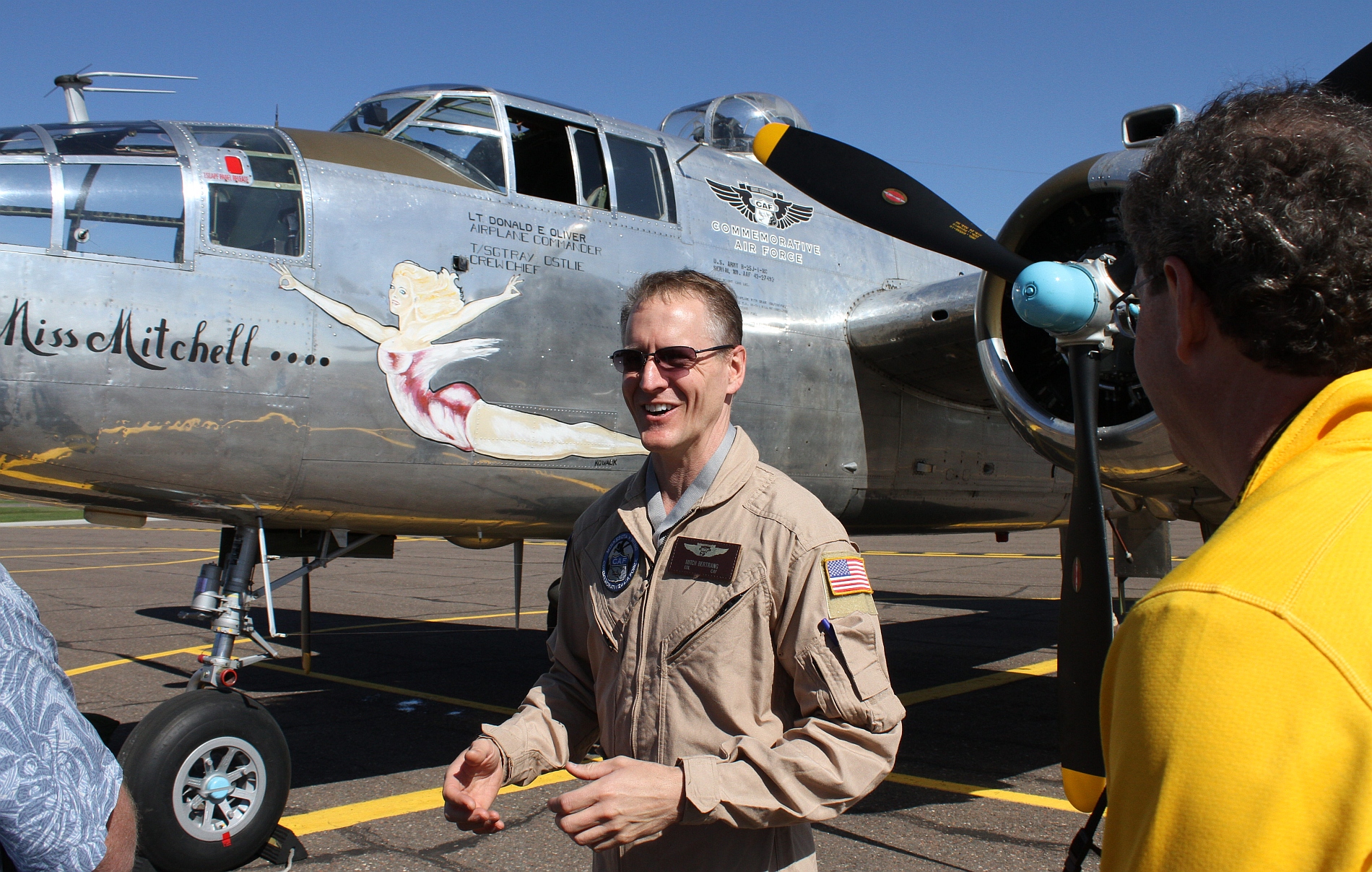
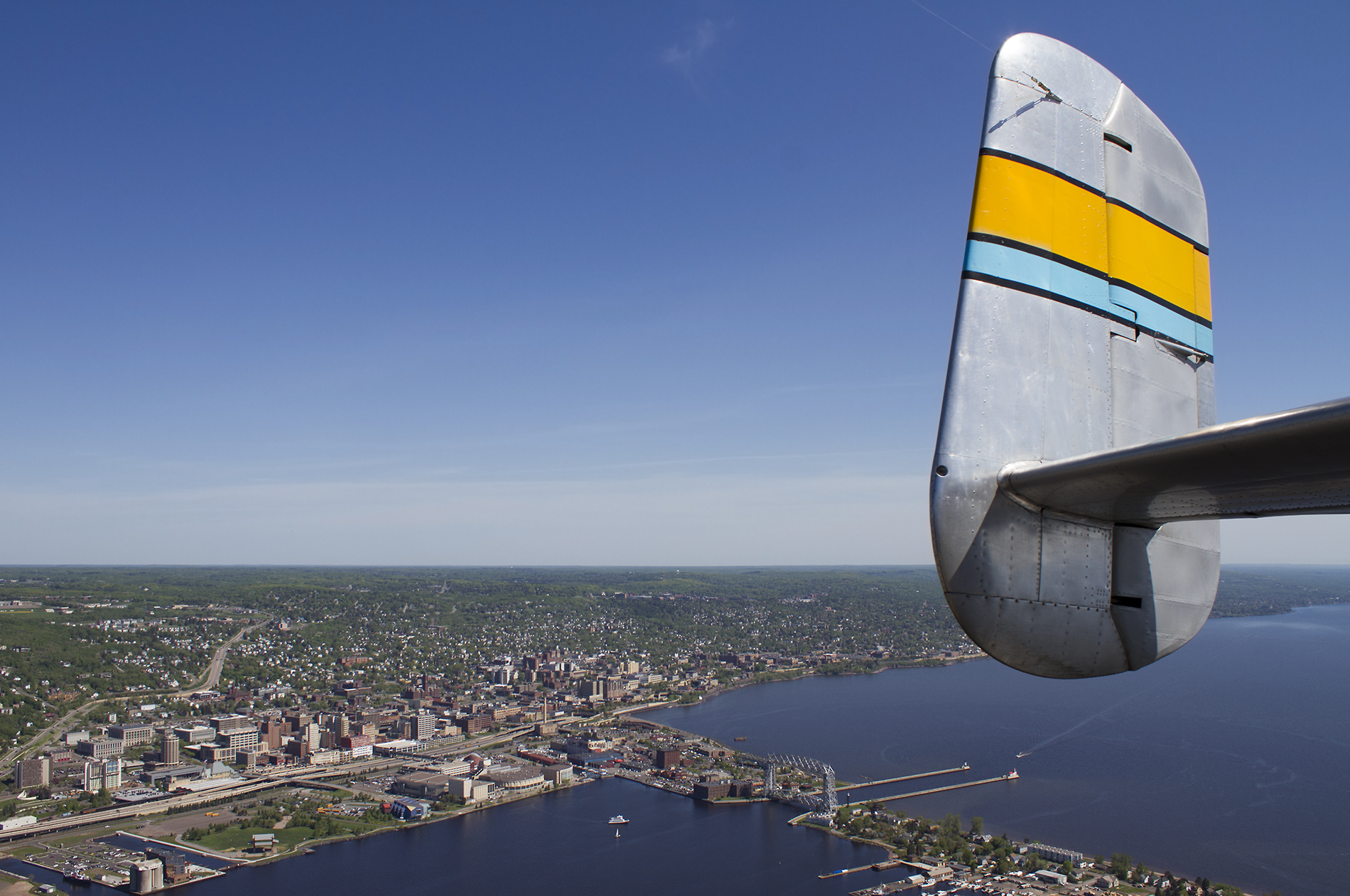
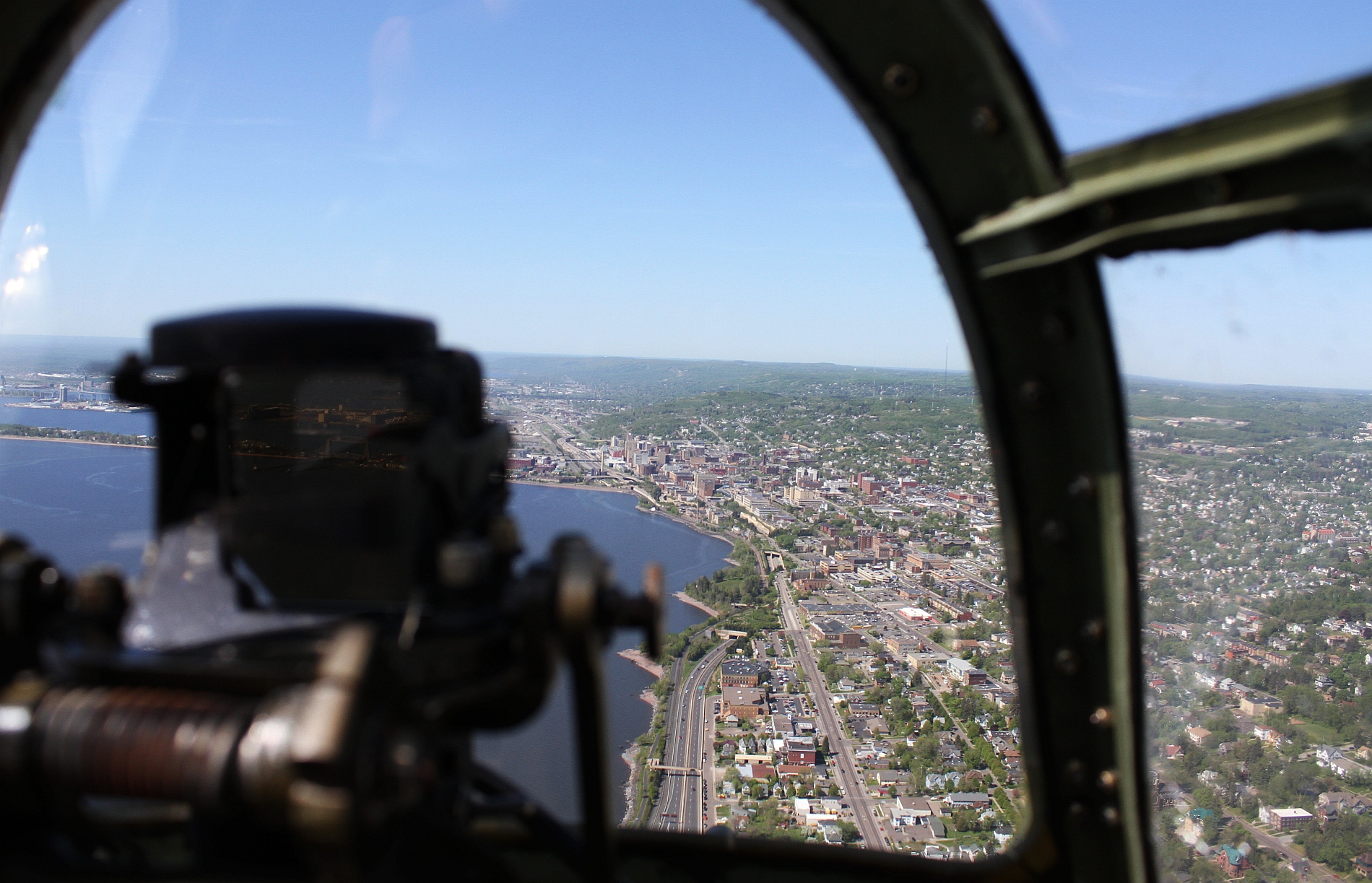

All too soon we were being given the signal to take our seats and buckle up. The shore of Lake Superior disappeared and we lined up for our approach to runway 27. Our pilot greased the landing and we started our taxi back to the ramp. I had a minute to reflect on the trip and glanced at my fellow passengers, all who had big smiles that can only come from flying in a truly amazing aircraft.
The aircraft typically flies 60-100 hours per year. This year will be on the high end with several trips for the 75th Anniversary of the Doolittle Raiders. The aircraft participated in the reunion and fly over in Dayton Ohio at the Air Force Museum in April and it will be at Oshkosh in July.
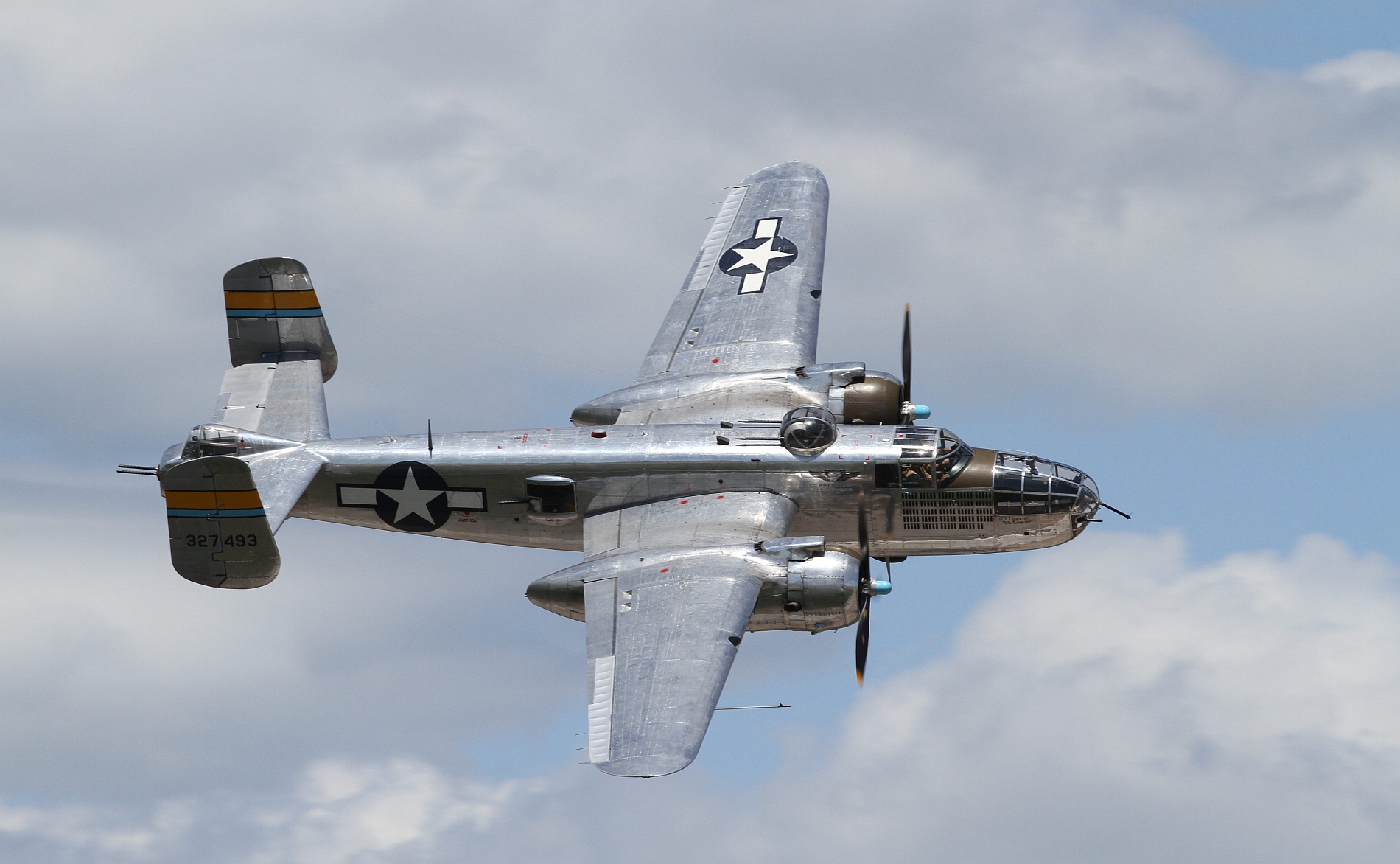
As I wrap up my interviews with the CAF the airspace was full of rotorcraft on approach to runway 27. The huge Boeing C-47 Chinook was first in the pattern followed on by a UH-60. I made a mental note that I really need to get a walk through of the Chinook. This twin engine helicopter is based on an older design that first flew in 1962. The current model is the “F” and it gets the job done being able to carry 24,000 pounds of cargo.
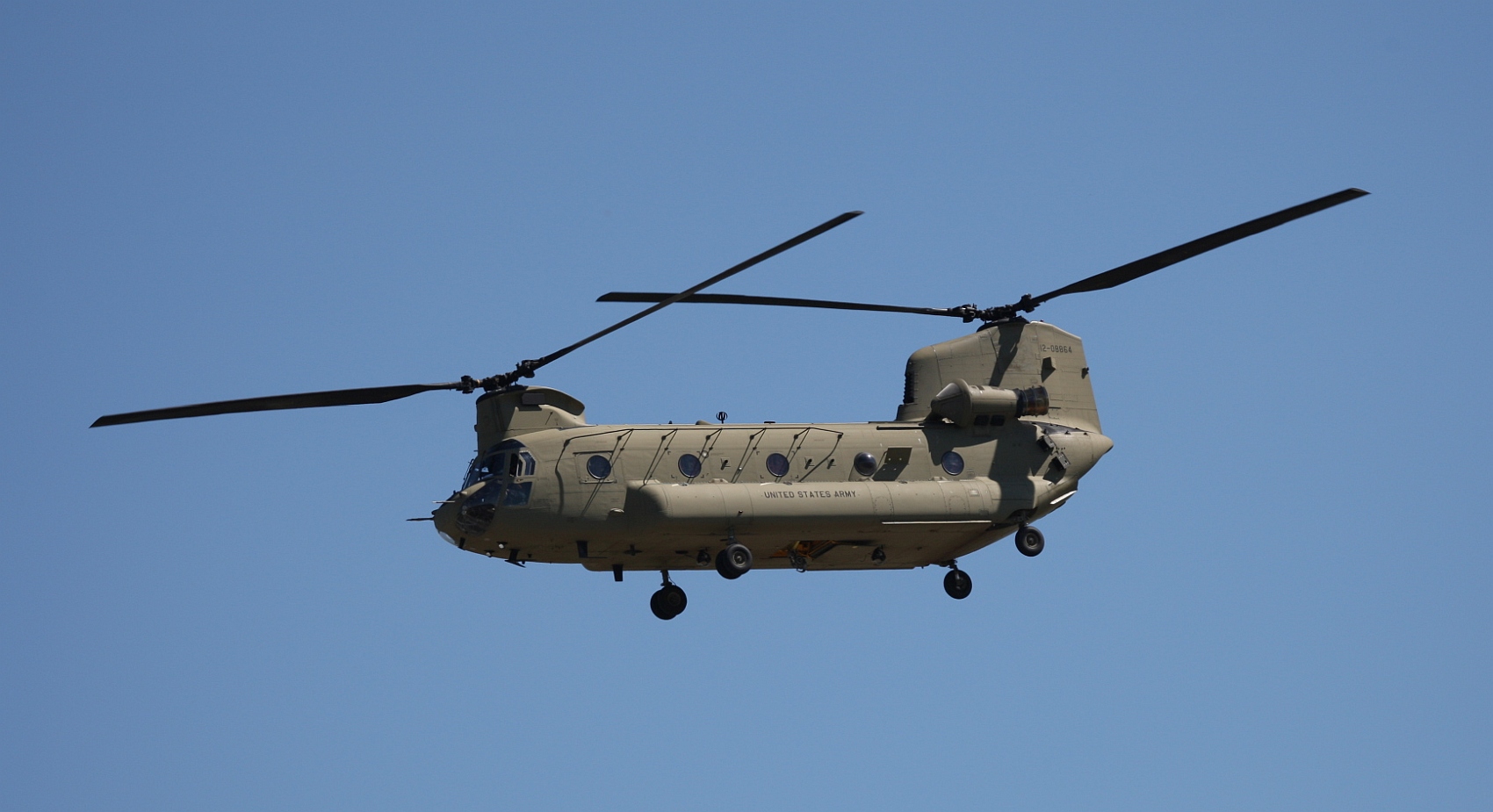
I had to quickly switch gears from thundering round engines to whistling jets, as I had an interview with Greg “Wired” Colyer and the ACEMAKER II jet. Greg flies a 1954 T-33, AKA T-Bird. This is the iconic jet trainer that all the Korean and Vietnam era aces trained in. This straight wing bird is elegant, strong and graceful. Greg’s jet is the Canadian version a CT-33 which has the more powerful Rolls-Royce RB.41 Nene (5000 lbs. thrust) vs. the Allison J33-A-35 (4000-4600 lbs. thrust). Greg puts all that thrust to good use in his low altitude aerobatics routine which includes a knife edge pass. Greg walked me through the logistics of the knife edge pass, even though the wings are now vertical and not generating lift the fuselage is providing some lift. This orientation can not be maintained forever, but he can make it work for the length of the flight line. For me this pass highlights the style of his performance; smooth, crisp, graceful and energy management. Another crowd favorite is his low pass, where he puts ACEMAKER just twenty feet off the deck of the runway all down the show line! The only challenge with flying this low is that most of my pictures have the heads of all the other airshow attendees in them!
The Saturday and Sunday airshow had the identical performers, with Sunday having slightly better weather of the two days. The big bonus for Sunday was that we had a visit from the mighty BUFF. The Duluth Airshow was lucky enough to have a fly-over of 60-0059. We were treated to a couple of passes, it was awesome to this 57 year old bomber with it’s eight Pratt & Whitney TF33-P-3 turbofan engines whistling along. I can’t begin to imagine what it would be like to have this aircraft drop a capacity load of 70,000 lbs of ordinance!
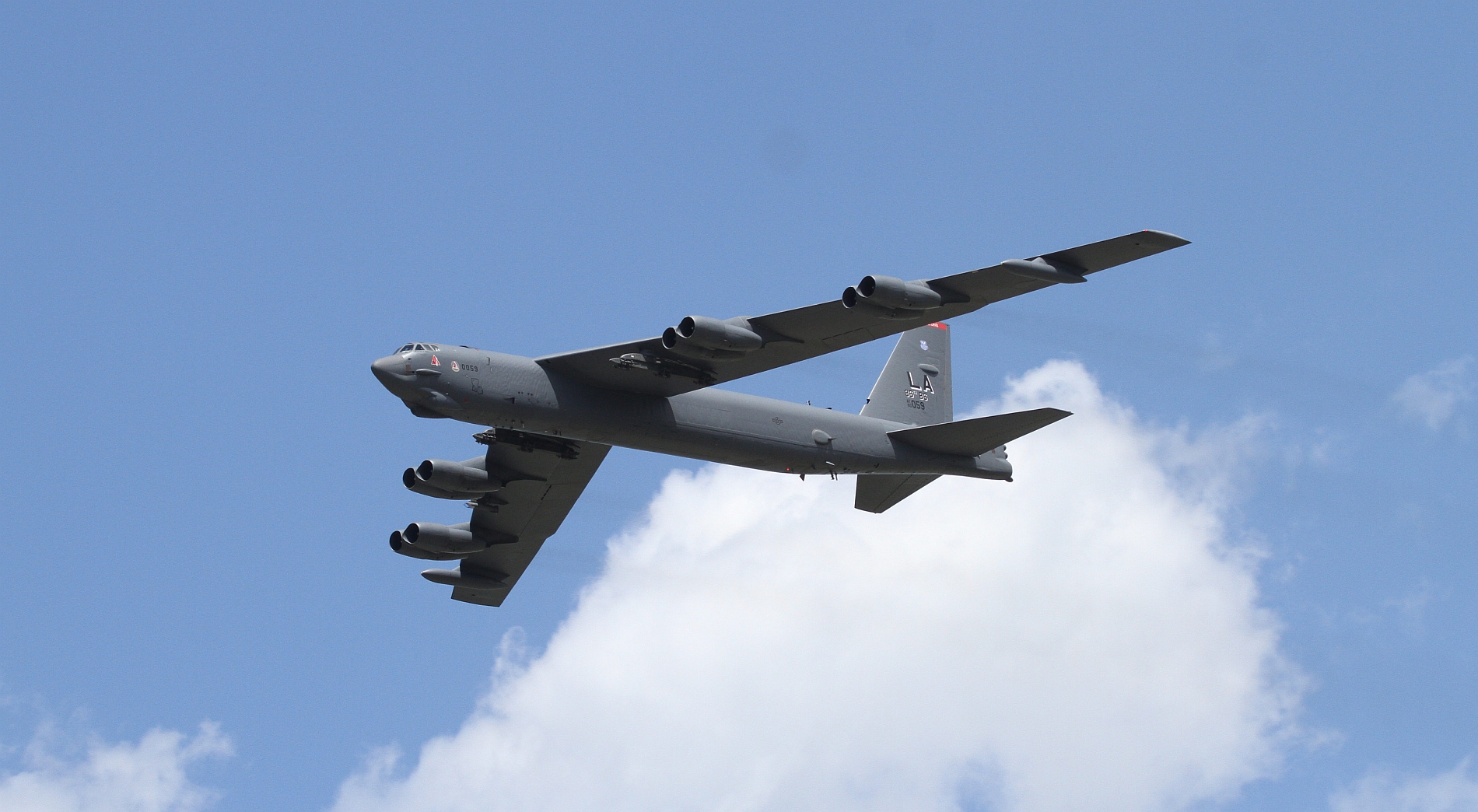
Next up was the Air Force Heritage Flight. For this demonstration we had an F-35A from Luke AFB in Arizona and Minnesota’s own Sierra Sue II P51 Mustang. I was able to sit down with both the civilian pilot Mr. Vlado Lenoch and air force pilot Major Will “D-Rail” Andreotta. I spoke to Vlado and the Major about the Air Force Heritage Flight Foundation, the pilots, the planes and it’s mission.
AF Heritage Flight foundation mission;
- Provide and safely orchestrate 30–40 Heritage Flight performances annually.
- Offer a living museum of, and aerial monument to, U.S. Air Force history.
- Celebrate and honor the sacrifice of those currently serving, as well as the sacrifices of war heroes of the past.
- Educate current and future generations on the long-term importance of the USAF.
- Strengthen and enhance Air Force recruiting and retention efforts.
I started with some basic questions about dissimilar formation flying;
Who flies lead? Civilian aircraft
Is the Mustang pretty much flat out? No, hardly. This is a tribute and for the airshow fans. We want everyone to see and photograph these great aircraft. The Mustang is at a economy cruise, about 200-210 knots. When we flew with the F-4, that was a plane that did not like to fly slow. He was often on the radio, “more speed”. On the other hand the A-10 is great to fly with, it can easily fly slower.
A bit of background on Sierra Sue II. She is based at Wings of the North Museum in Eden Prairie, MN. The airplane has been in registered in Minnesota since 1979. It recently underwent a restoration to factory specifications at AirCorps Aviation (Bemidji, MN) and went to EAA AirVenture 2015, where the airplane was awarded Reserve Grand Champion and AirCorps Aviation won the Golden Wrench.
Of the 16,776 Mustangs built, about 175 remain airworthy and only 7 have combat history. Sierra Sue II is one of these seven.
On the F-35 side, this is it’s second year in the Air Force Heritage Flight program. Major Andreotta is the F-35A Heritage Flight Commander, he is responsible for representing the United States Air Force and the United States of America at 16 air shows annually. He leads the sixteen-member F-35A Heritage Flight Team. Major Andreotta was kind enough to spend some time informing me about the F-35A and it’s abilities. Not being from a military background I got my fill or acronyms, learned a lot about stealth and the “generations” of US fighter jets. I even learned about the basics of air-to-air or air-to-ground fighters and what constitutes a multi-role fighter(both air-to-air and air-to-ground). So the F35A fighter brings stealth capabilities to a multi-role fighter platform. Our discussion turned to what the F-35A brings in terms of information acquisition and information flow. Major Andreotta liked the F-35A to the football quarterback coordinating information between all the aircraft in the fight, F-16’s, F-15’s. In a sense the F-35 becomes a “force-multiplier” by having superior information gathering abilities and the capability to pass the information along to the other aircraft.
Our discussion turned to the F-35 pilot’s helmet. Each pilot’s helmet has a liner that is custom fit to the each individual pilot’s head and it has the ability to feed the DAS information to helmet. Being an obtuse individual I had no idea what DAS is, but apparently it is a system of six camera sensors operating in the IR spectrum to provide a “360 degree, spherical situational awareness system”. Even after Major Andreotta’s explanation of the differences between night vision goggles and the DAS system I was more than a bit confused, rather than have my brain explode, I decided to move our discussion along to chat about the esthetics and beauty of the two aircraft involved in today’s Heritage flight. One of the great features of the “photo pass” is that you can really see the size difference in the two aircraft. Both are single seat fighters, but the similarities end there. The Mustang is a smooth and flowing beauty fabricated out of aluminum, steel and a few bits of fabric, while the F-35 is angular, dark, matte-finished machine crafted out of unobtanium and composites.
USCG SAR DEMONSTRATION
The “Coasties” from Detroit Michigan were on-hand to support the Blue Angels. Since Duluth is on the shores of Lake Superior and the possibility of a water rescue needed to be covered. Here rescue swimmer AST2 Will Lawson was winched up in the Coast Guard HH-65 during the airshow demonstration
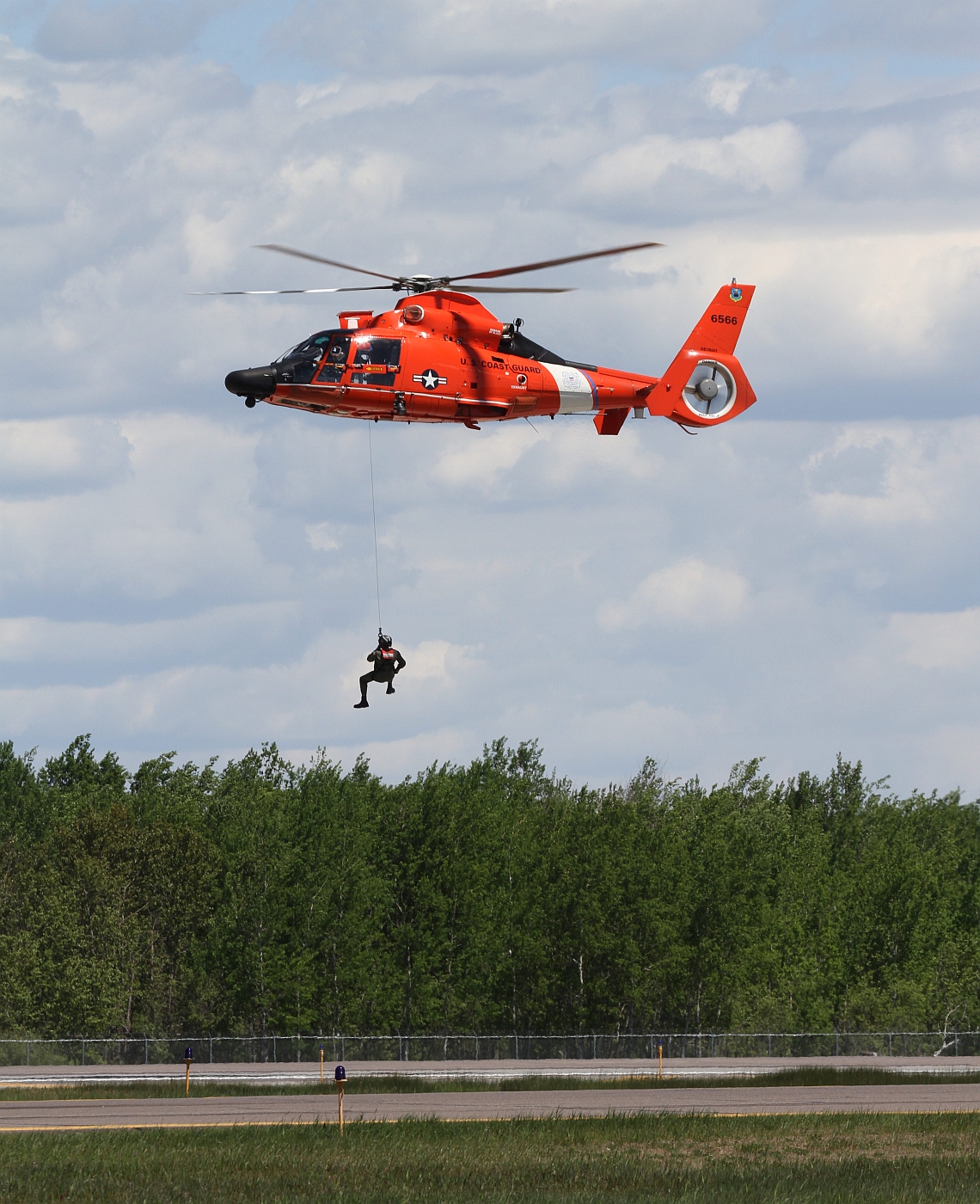
Besides all the amazing aircraft we had the Canadian Sky Hawks at the show. Just when you think you have seen everything possible you get to see Sasquatch parachuting upside down.
The JACK LINKS WACO put on it’s unique display. I never get tired of a “1929” biplane hanging on it’s prop, spooling up the jet engine to accelerate straight up or racing a jet powered truck!
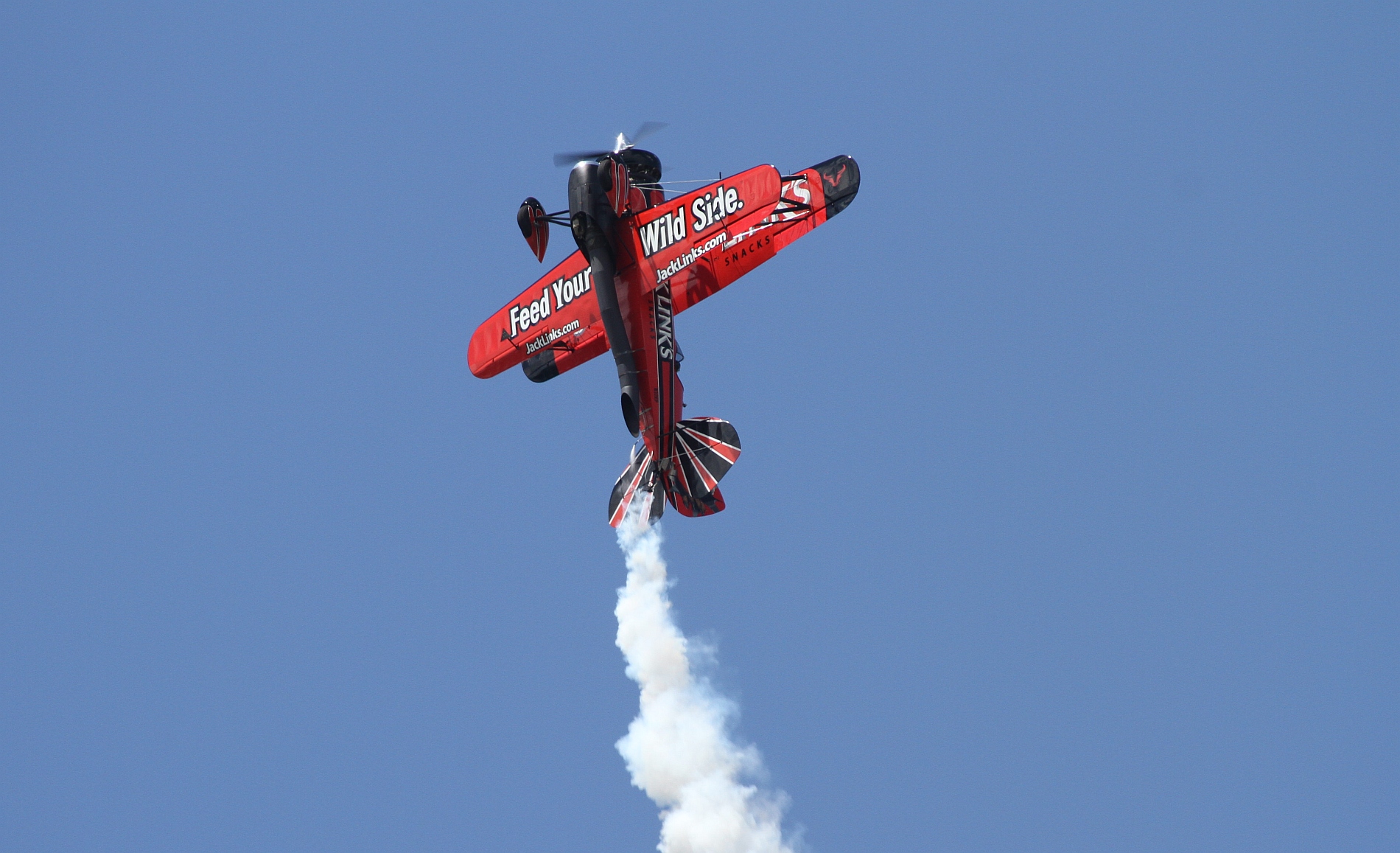
Since the Duluth show is at an operational airport we had a little break to allow the commercial traffic, after a couple of CRJ’s lawn darted to the ground we could get to the highlight of the day.
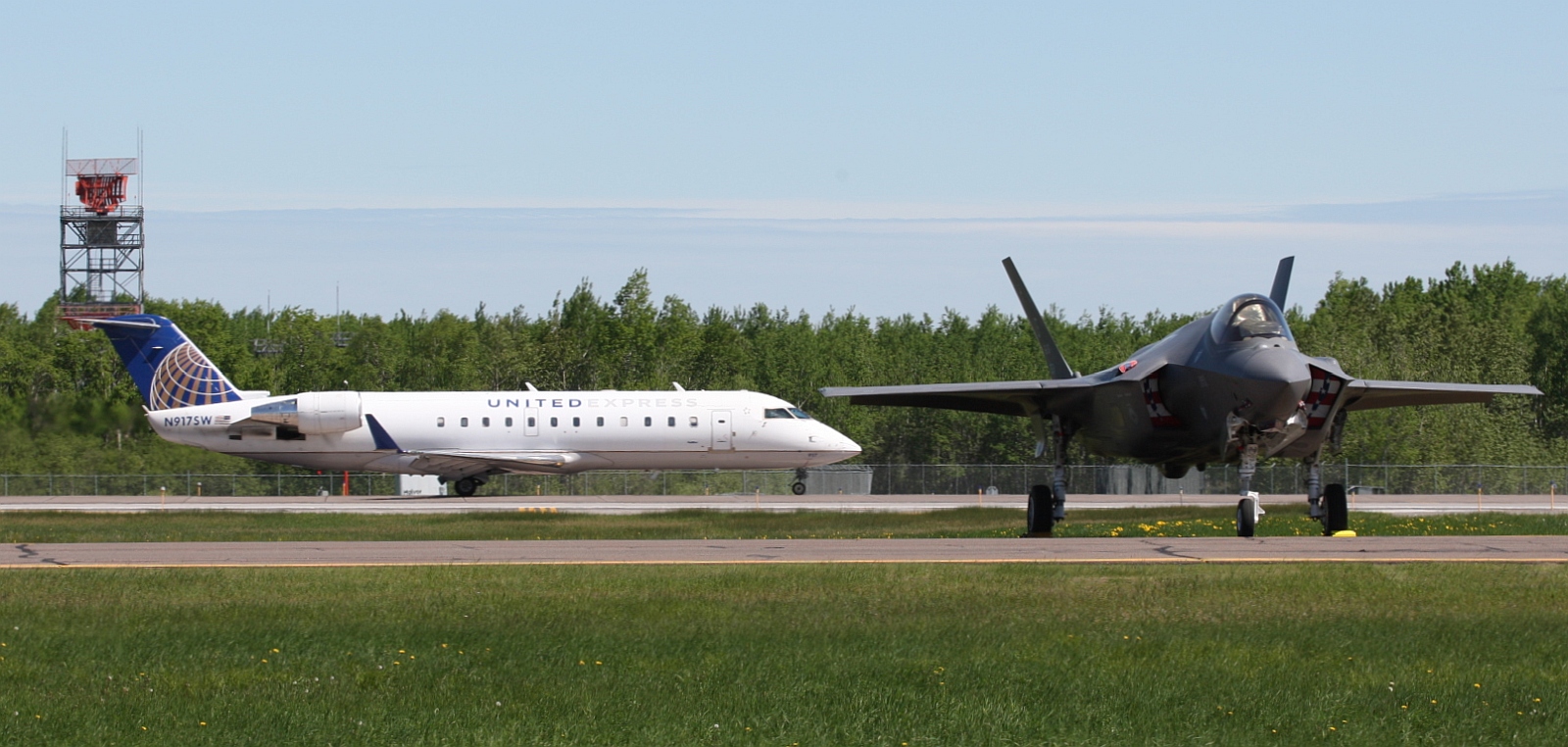
The crowd was treated to the precision of Navy and Marine Corp maintainers. They are just as precise as the Blue Angels are in the air.
When the Blues recovered back to terra-firma the show closed. The crowd had been treated to a great show; aerobatics, Korean era Jets, Air Force Fighters, the latest single operator Cirrus personal jet, and a fly-over of the mighty BUFF.
The skies over Duluth were quiet and the crowds milled out. For the airshow aficionados we were already counting down the days until next year when Air Force Thunderbirds would be headlining the 2018 show.
- The staff and organizers of the Duluth Air and Aviation Expo
- The Blue Angels
- Air Force Heritage Flight
- Ace Maker Airshows
- CAF, Minnesota Wing
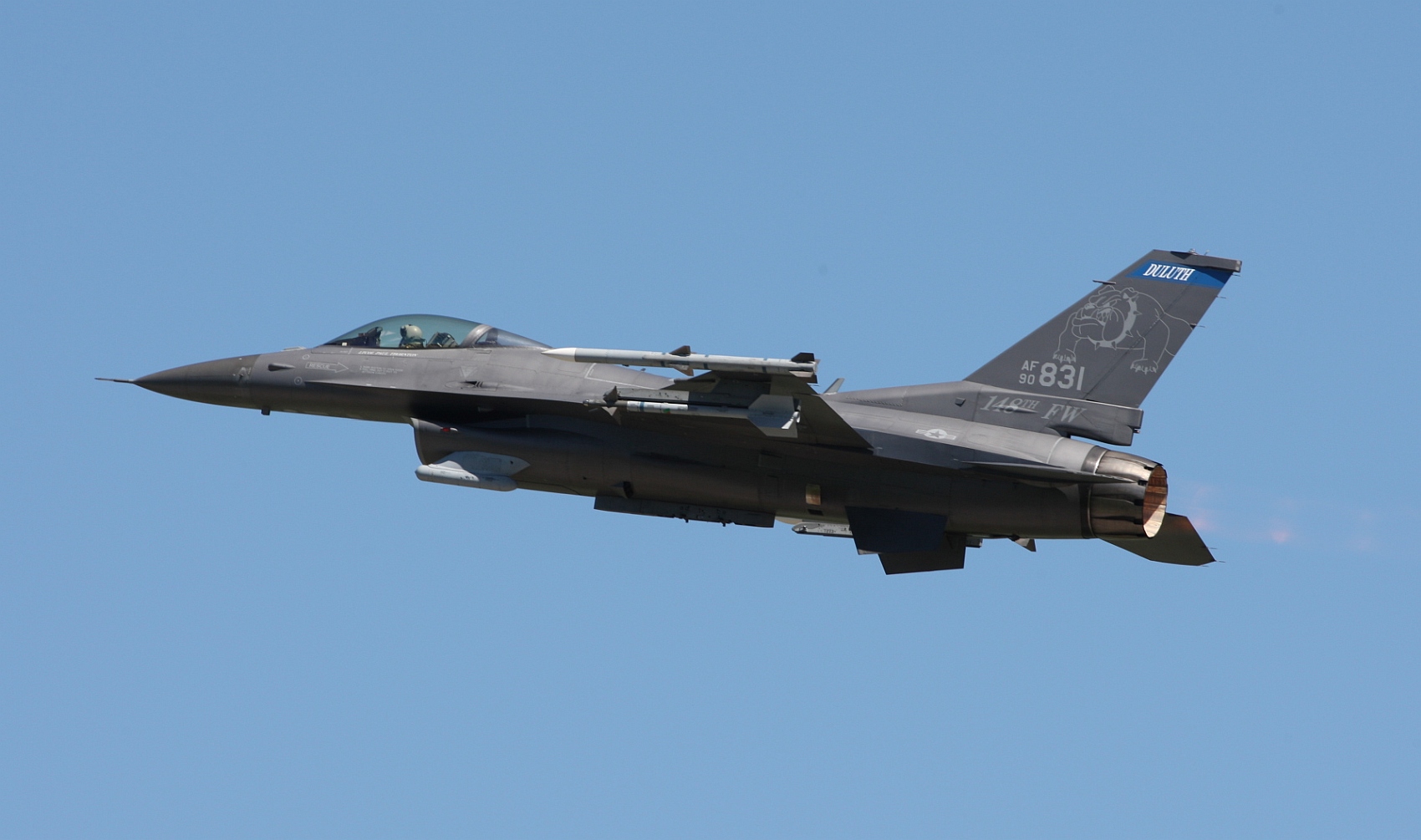
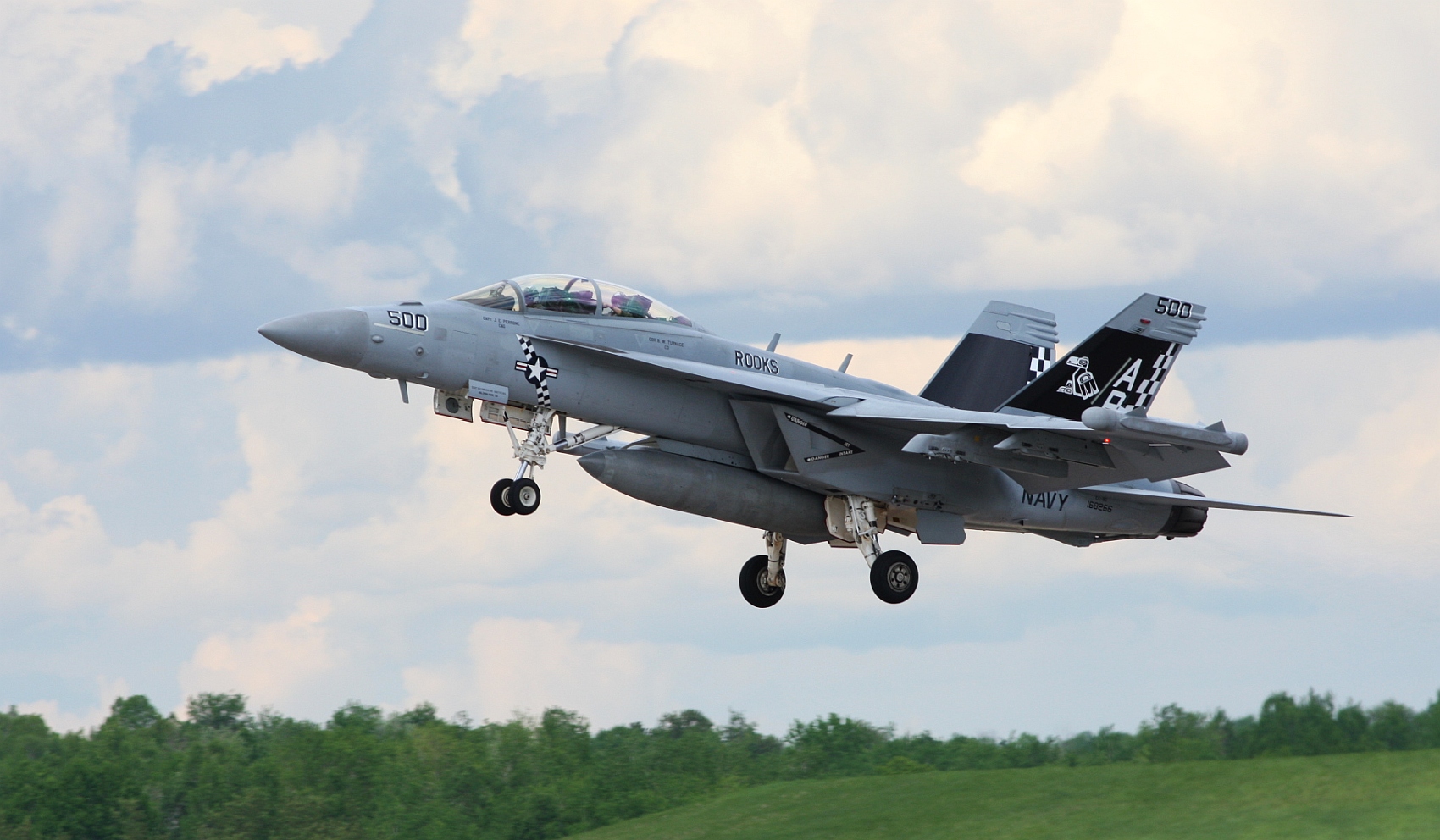
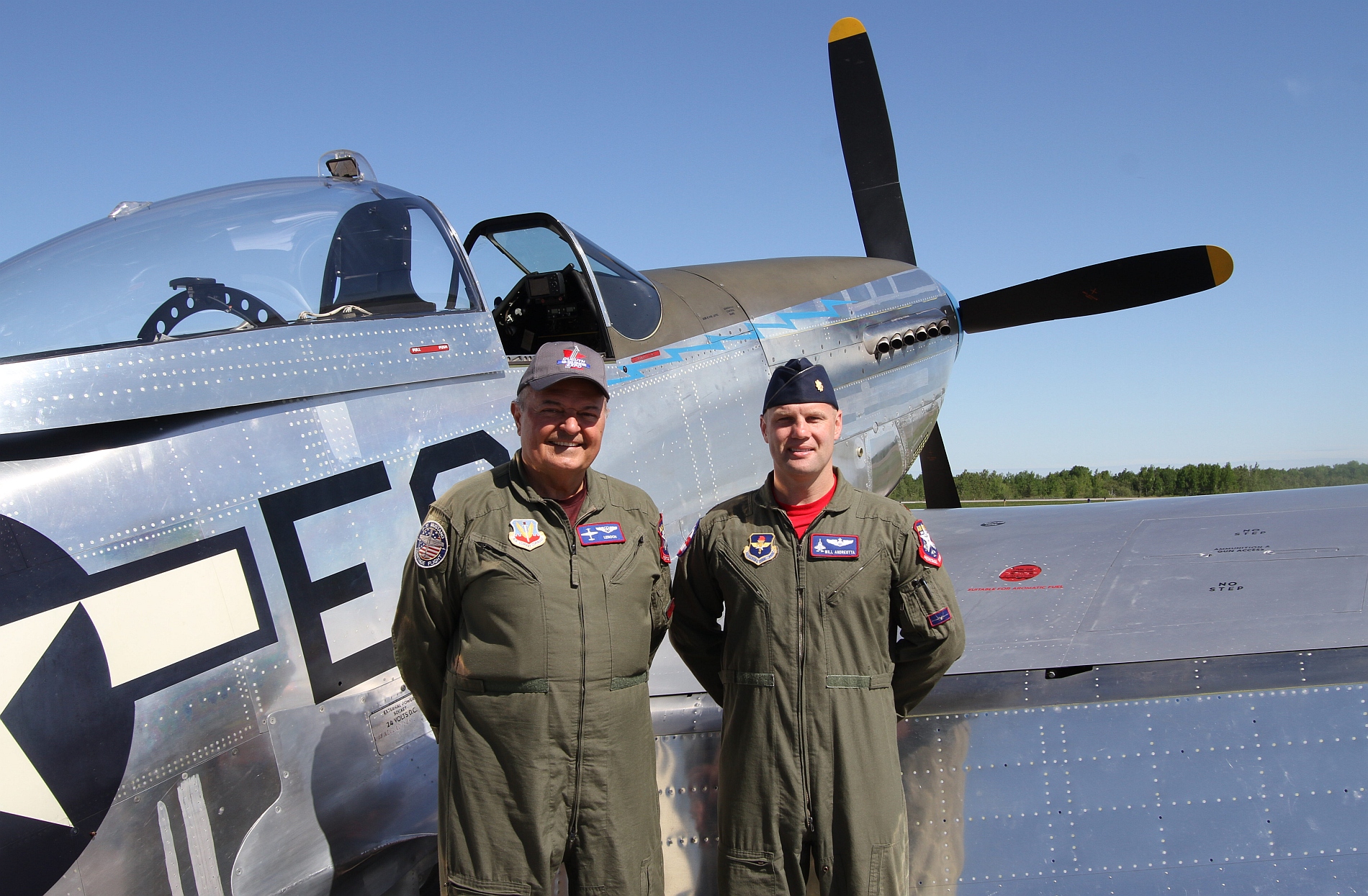
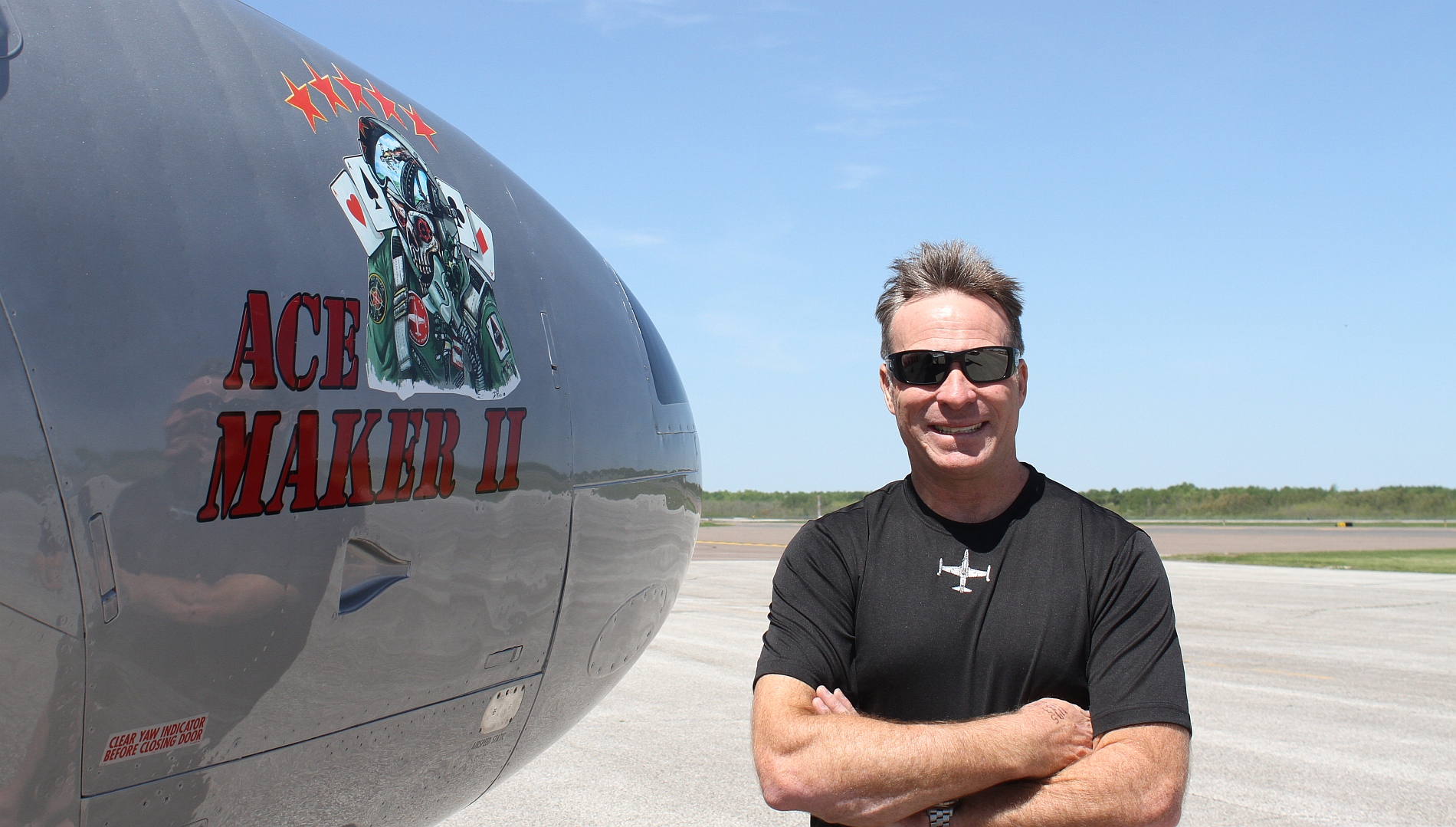
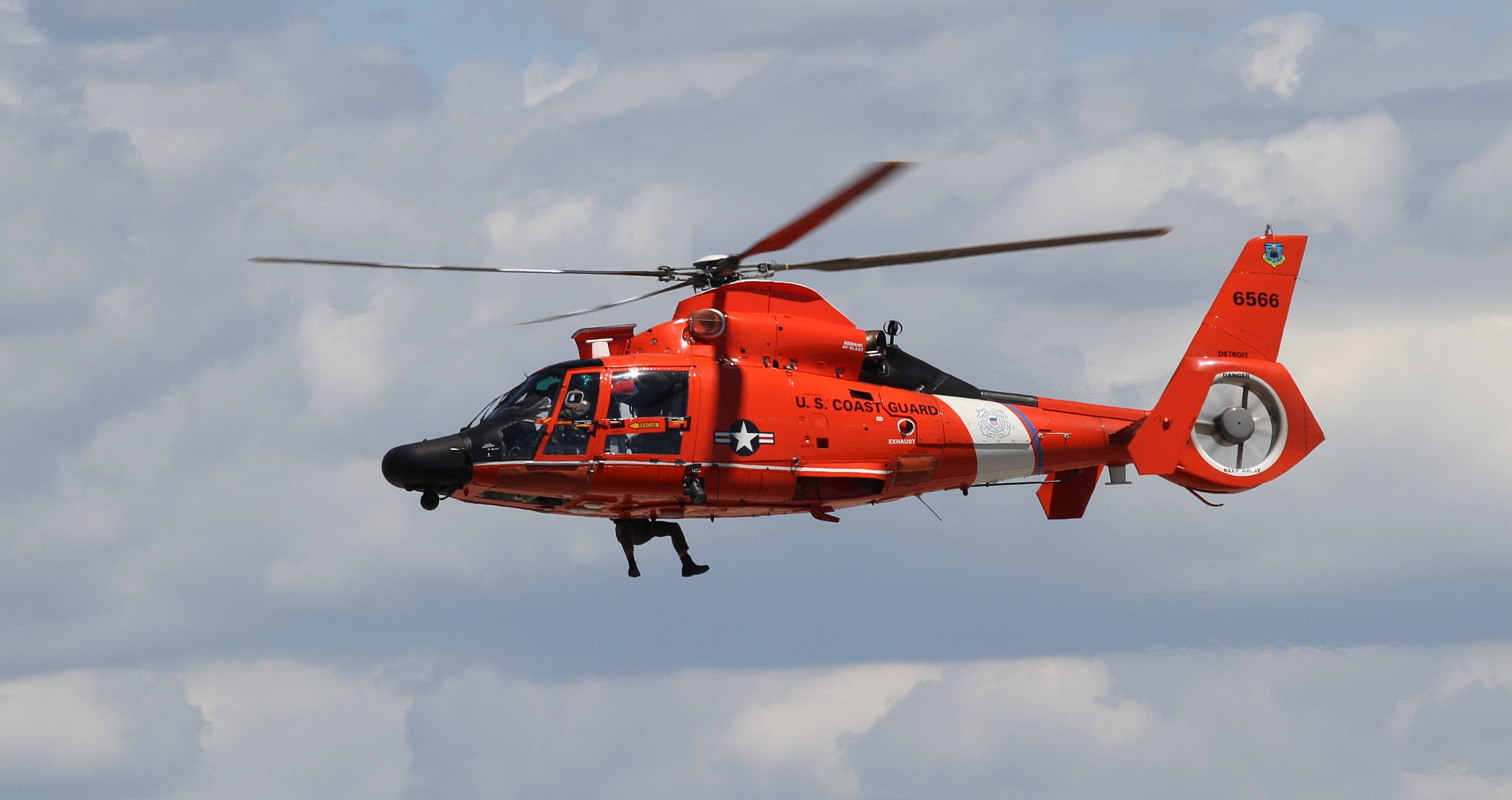
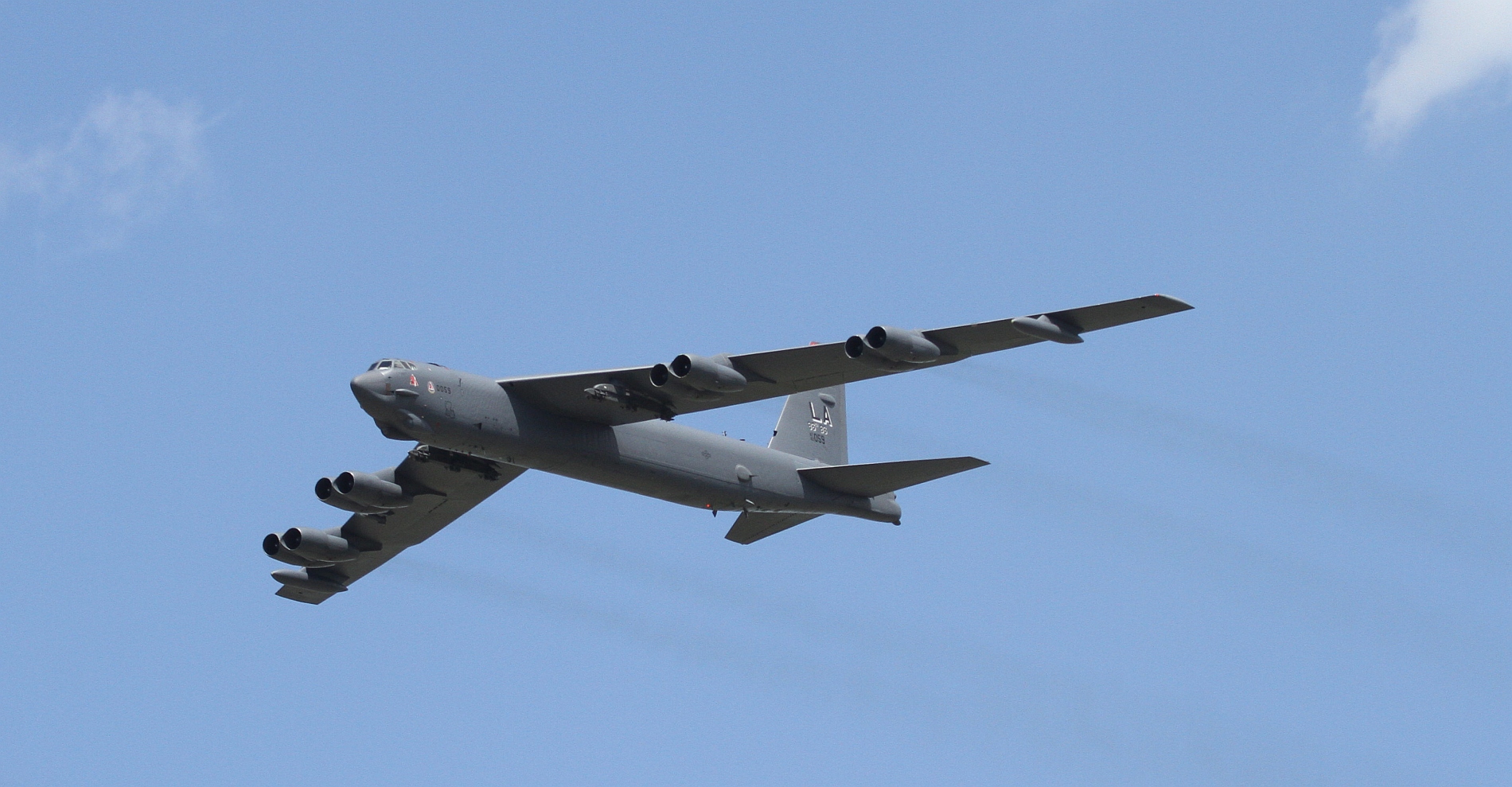
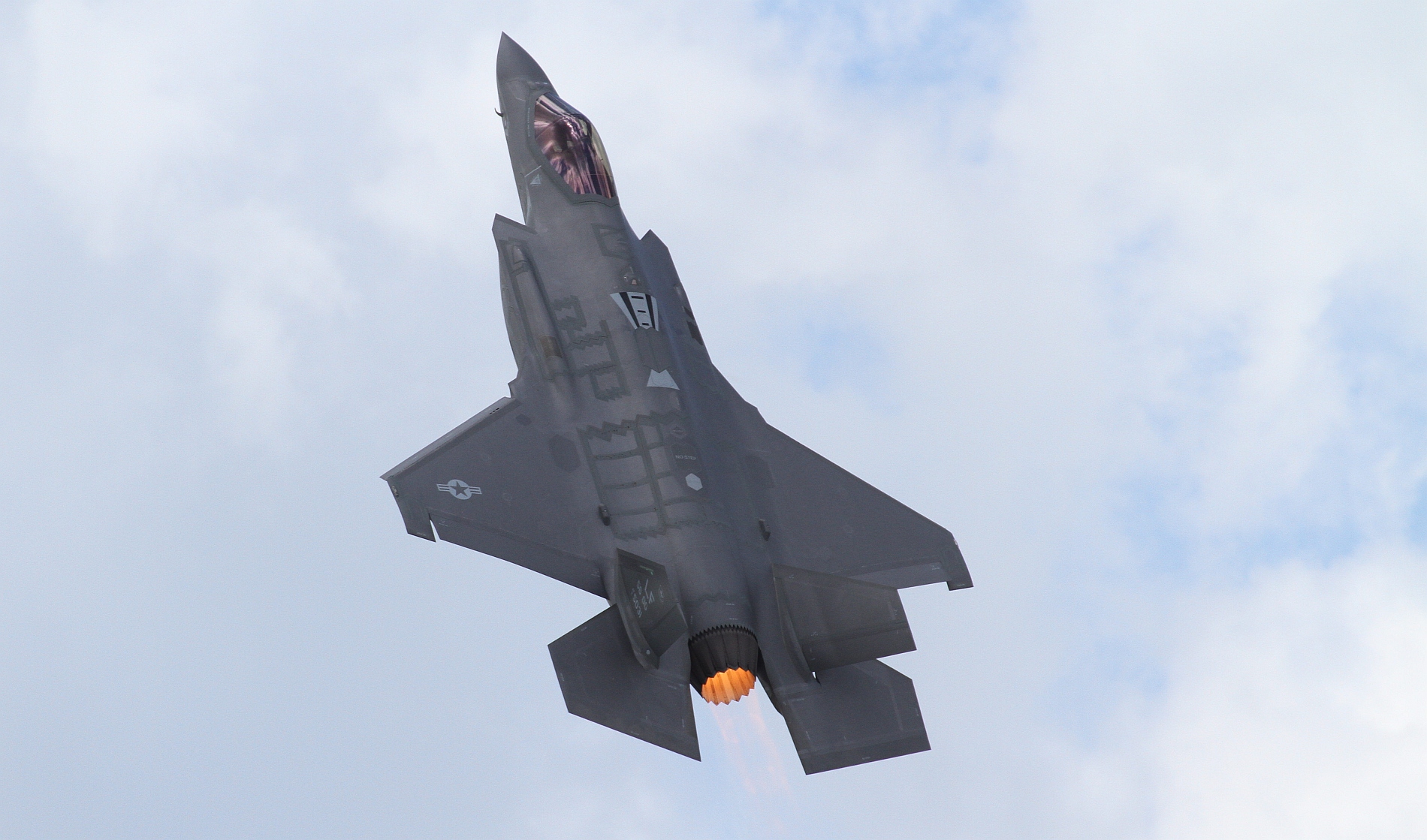

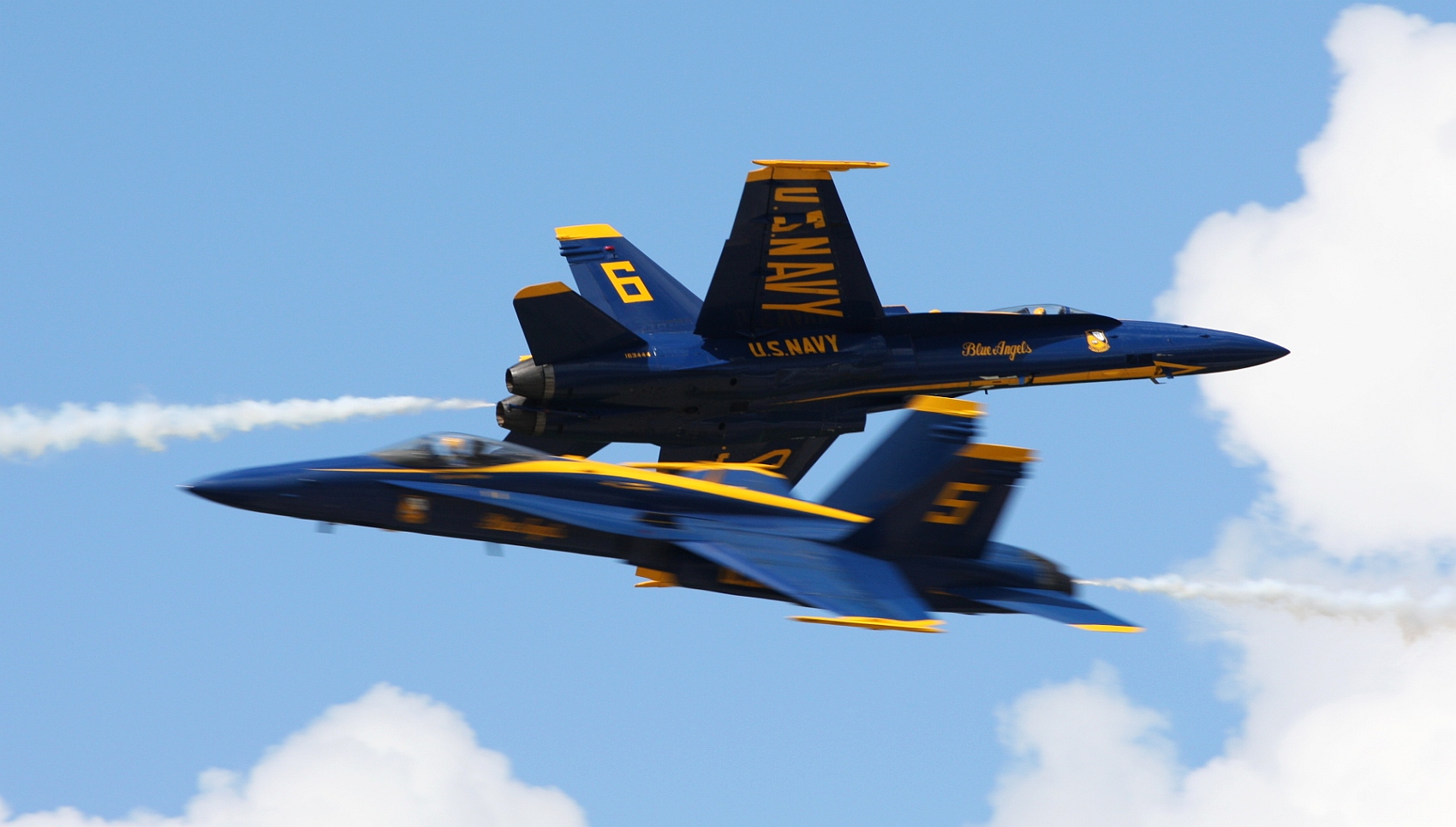
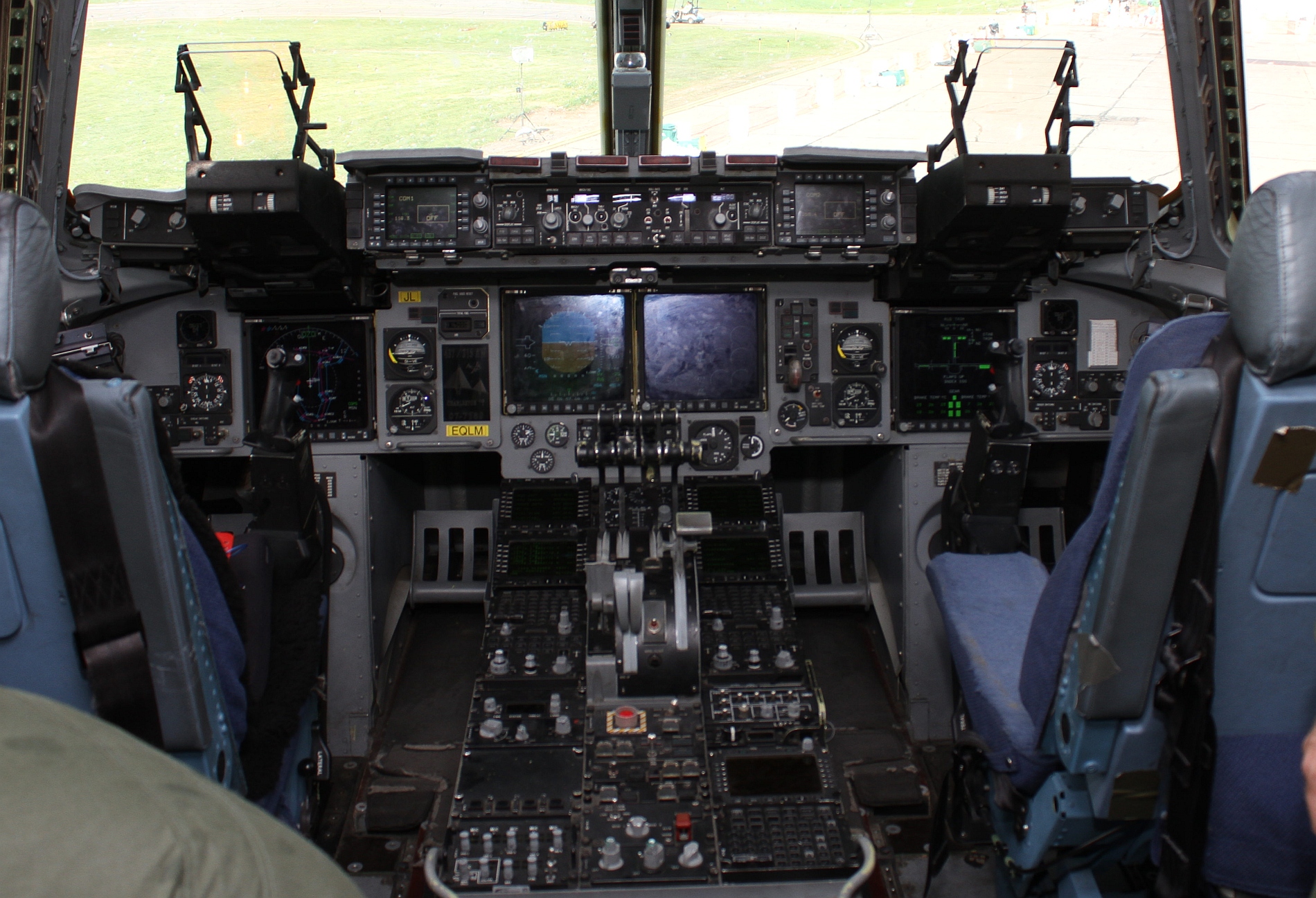
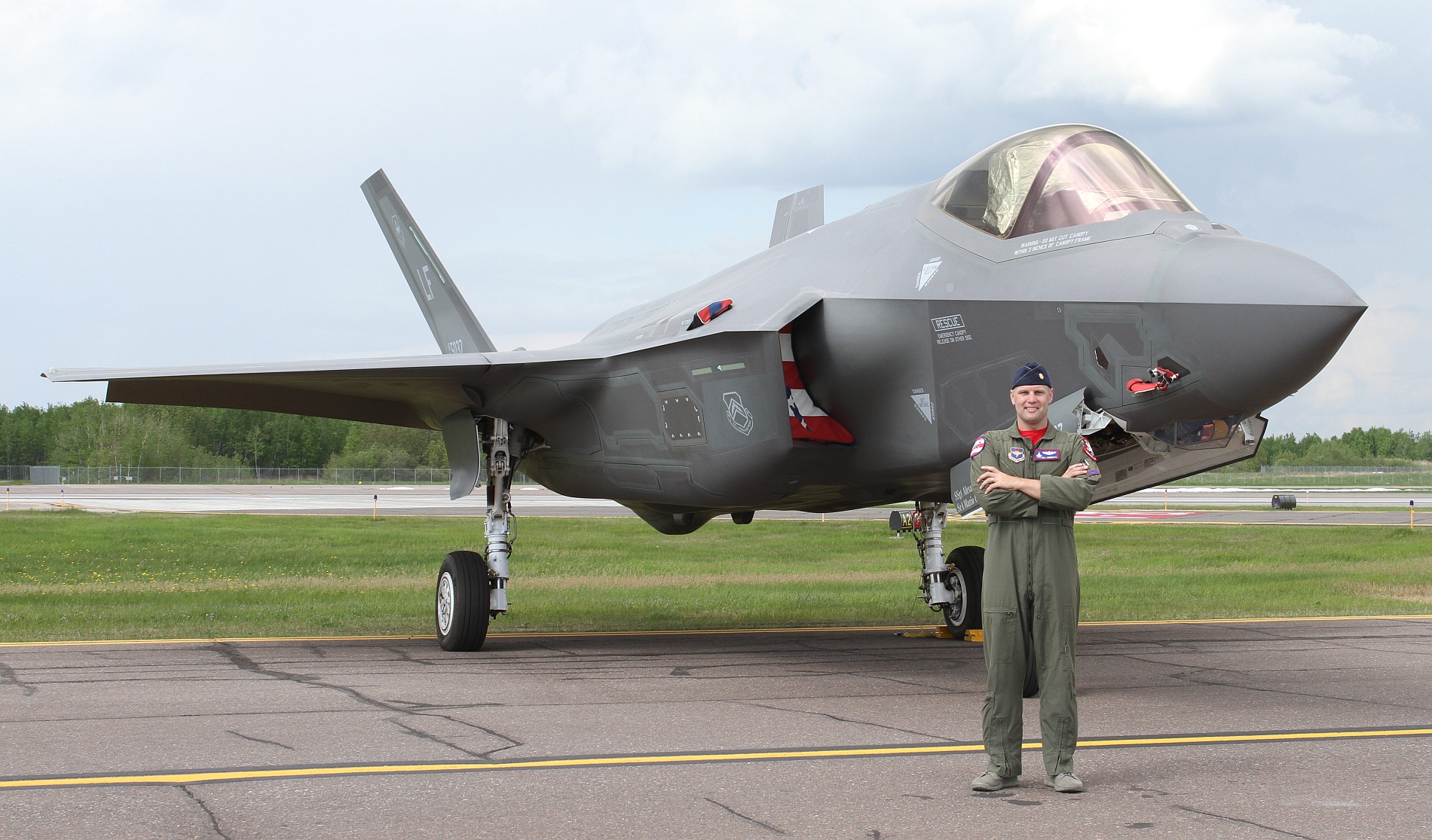
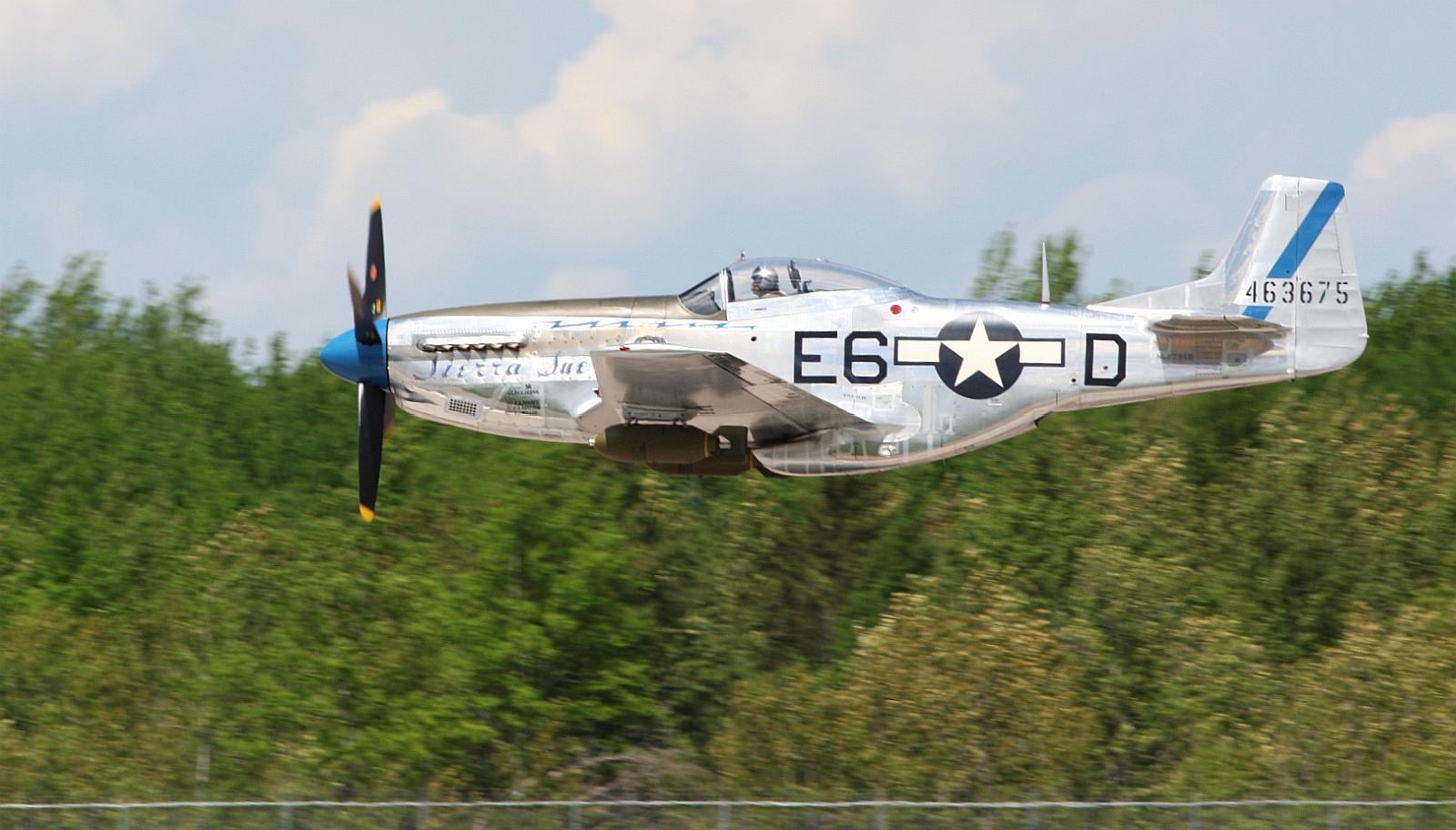
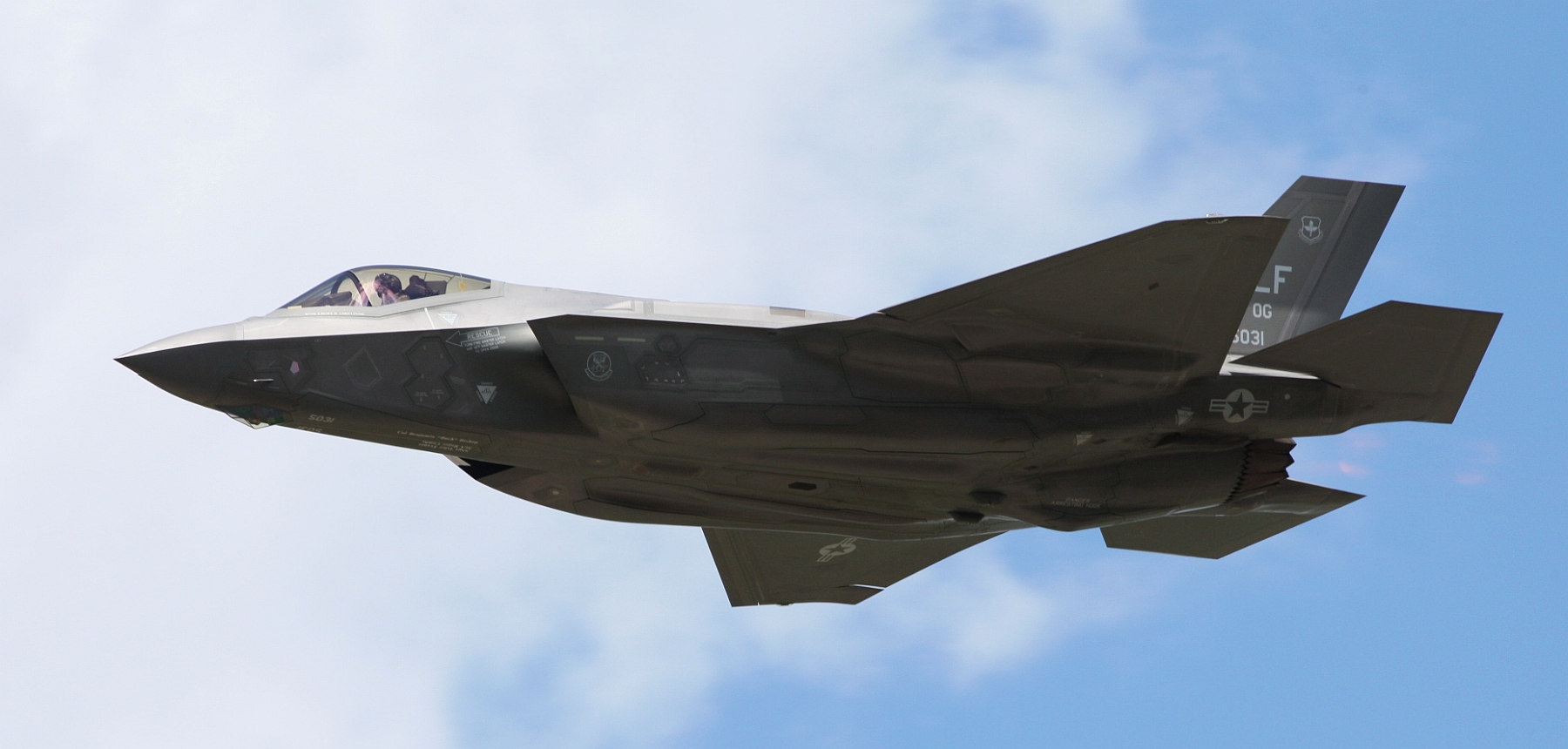
Click on an image below to page or swipe through the gallery:
Jeremy D. Dando is an aviation photographer/writer based in Minneapolis, Minnesota. He holds a bachelors degree in Chemical Engineering and works as a Research and Development engineer designing new devices for the treatment of atrial fibrillation. Aviation photography allows him to combine his technical and creative sides to create an image which captures a moment in time and tells a story to the viewer. He has travelled worldwide photographing commercial and general aviation aircraft. Jeremy’s love of aviation and travel started early in life with family vacations to Europe and Florida. Now Jeremy spends his free time chasing things that fly and working with a local aviation restoration group to return a WWII aircraft back to flight worthy status. Jeremy’s photographic work has been used in corporate publications, magazines, calendars, websites and news articles. Jeremy uses Canon photographic equipment.
Jeremy can be reached at: [email protected]


